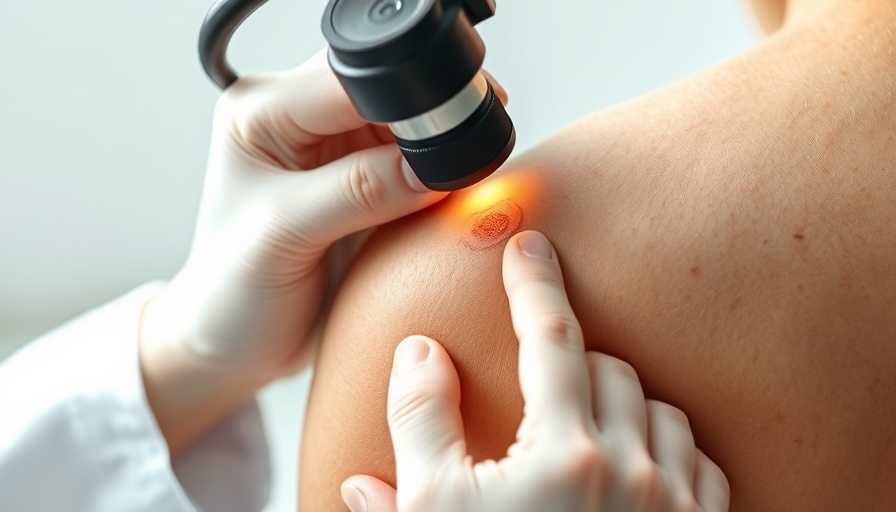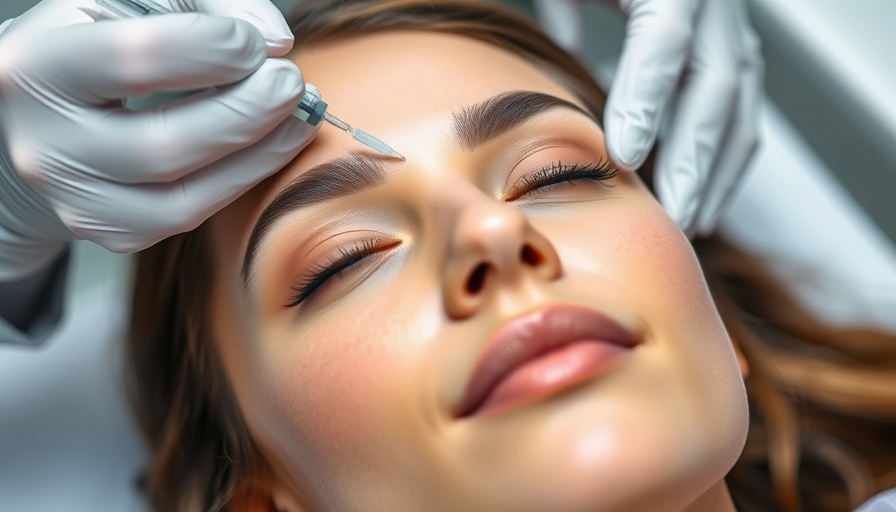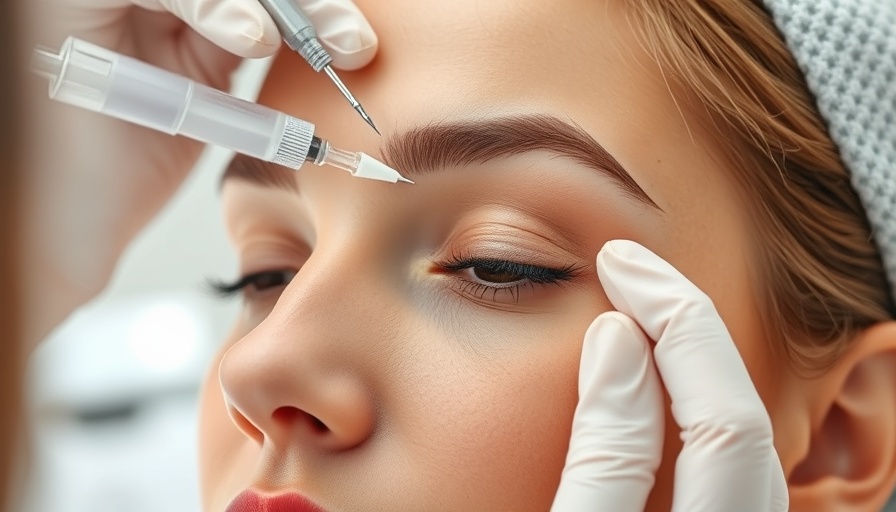
The Dawn of Personalized Dermatology: Understanding Skin Organoids
The skin is our largest organ, providing not only a protective barrier but also a canvas that often reflects our internal health. Recent advancements in dermatological science have signified a pivotal shift toward personalized medicine, leveraging skin organoids—miniaturized and simplified versions of human skin—crafted from stem cells. These organoids, which exhibit intricate cellular structures and functions reminiscent of actual human skin, may hold the keys to individualized treatments for various skin conditions.
What Are Skin Organoids?
Skin organoids are generated through the reprogramming of adult human skin cells into stem cells, which are then differentiated into skin cell types such as keratinocytes, melanocytes, and immune cells. This technology doesn't just mimic skin; it replicates the complex interactions within human skin, allowing for comprehensive analyses of skin responses to various stimuli. As reported by Diala Haykal, MD, these organoids can serve as crucial tools for studying diseases like psoriasis, eczema, and vitiligo, providing unprecedented insight into how such conditions manifest and progress in individual patients.
The Implications for Medical Spa Owners
For medical spa owners and practitioners, the introduction of skin organoids signifies a profound evolution in treatment methodologies. As highlighted by board-certified dermatologist Melda Isaac, MD, these living tissue models create opportunities for personalized therapies that can cater specifically to patient needs. The relevance of this innovation extends beyond research; it can directly impact how practitioners assess skin conditions and decide on treatments.
The Potential for Tailored Therapies
In practice, skin organoids can be instrumental in real-time testing of therapies, ensuring that treatments are both effective and customized for individual skin types. For example, evaluating how personalized organoids react to certain topical treatments can inform better strategies for managing inflammatory skin diseases or wound healing procedures. This close monitoring helps uncover how particular patients may respond to medications like retinoids or corticosteroids, which is a game-changer in dermatological care.
Future Directions: Enhanced Care Through Technology
As technology advances, so does the potential for treating skin conditions more effectively. Organ-on-a-chip technology can further enhance the study of skin responses by incorporating factors such as microvasculature and mechanical stresses. By simulating real-life environments, these models lead to a deeper understanding of skin dynamics, allowing practitioners to implement more effective treatment protocols.
Conclusion: An Invitation to Innovate
The landscape of dermatology is on the cusp of a significant transformation through skin organoids, offering solutions that can revolutionize practice management in medical spas. As this field continues to evolve, staying informed about the latest research and innovations will be crucial. Medical spa owners should consider embracing these advancements to improve patient outcomes and maintain a competitive edge in practice.
For an in-depth exploration of how skin organoids can be integrated into your practice, be proactive and keep abreast of ongoing research—your patients and your practice will benefit immensely.
 Add Row
Add Row  Add
Add 




Write A Comment